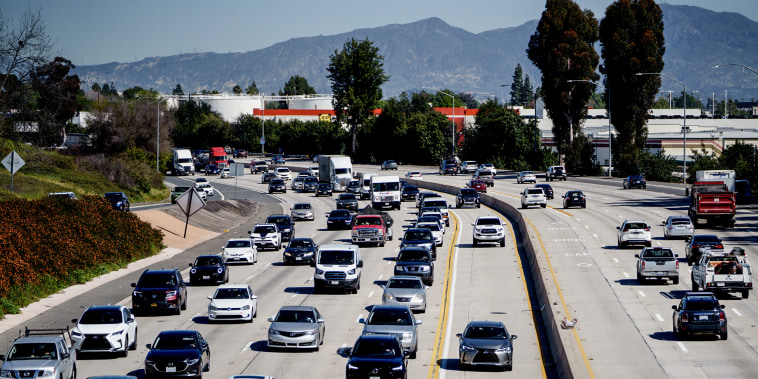In recent years, the rising cost of auto insurance has become a significant factor contributing to inflation rates across the country. As car insurance premiums continue to climb, consumers are feeling the pinch in their wallets, and this trend shows no signs of slowing down. So, what are the key factors driving the surge in auto insurance prices and how is it impacting the overall economy?
One of the primary reasons for the ballooning auto insurance premiums is the increasing frequency and severity of natural disasters and extreme weather events. Hurricanes, wildfires, and floods have become more common, leading to higher claims payouts by insurance companies. As a result, insurers have raised their rates to offset these increased costs, passing the burden onto policyholders.
Another significant factor influencing auto insurance prices is the growing complexity of modern vehicles. Today’s cars are equipped with advanced safety features and technology, which can be costly to repair or replace in the event of an accident. Insurers take these factors into account when setting premiums, pushing up prices for consumers.
Moreover, the rise of distracted driving and an uptick in accidents on the road have also played a role in driving auto insurance costs higher. With more drivers using smartphones behind the wheel and engaging in risky behaviors, insurers are facing a greater number of claims, leading to an overall spike in premiums.
Furthermore, fraudulent activities, including staged accidents and exaggerated claims, have put additional strain on insurance companies, forcing them to raise their rates to combat these fraudulent activities effectively.
The impact of rising auto insurance prices extends beyond individual consumers and has broader implications for the economy. As the cost of owning and operating a vehicle increases, households have less disposable income to spend on other goods and services. This can lead to reduced consumer spending, which in turn can slow down economic growth.
Inflation, fueled in part by the increasing cost of auto insurance, can also erode purchasing power and decrease the standard of living for many families. With limited options for reducing these expenses, consumers are left with few choices but to absorb the higher costs and adjust their budgets accordingly.
Overall, the surge in auto insurance prices is a complex issue with far-reaching consequences. As natural disasters, advanced vehicle technology, distracted driving, and fraud continue to drive up costs for insurers, consumers can expect to see further increases in their premiums. Finding ways to mitigate these rising expenses will be crucial for both individuals and the economy as a whole in the coming years.
